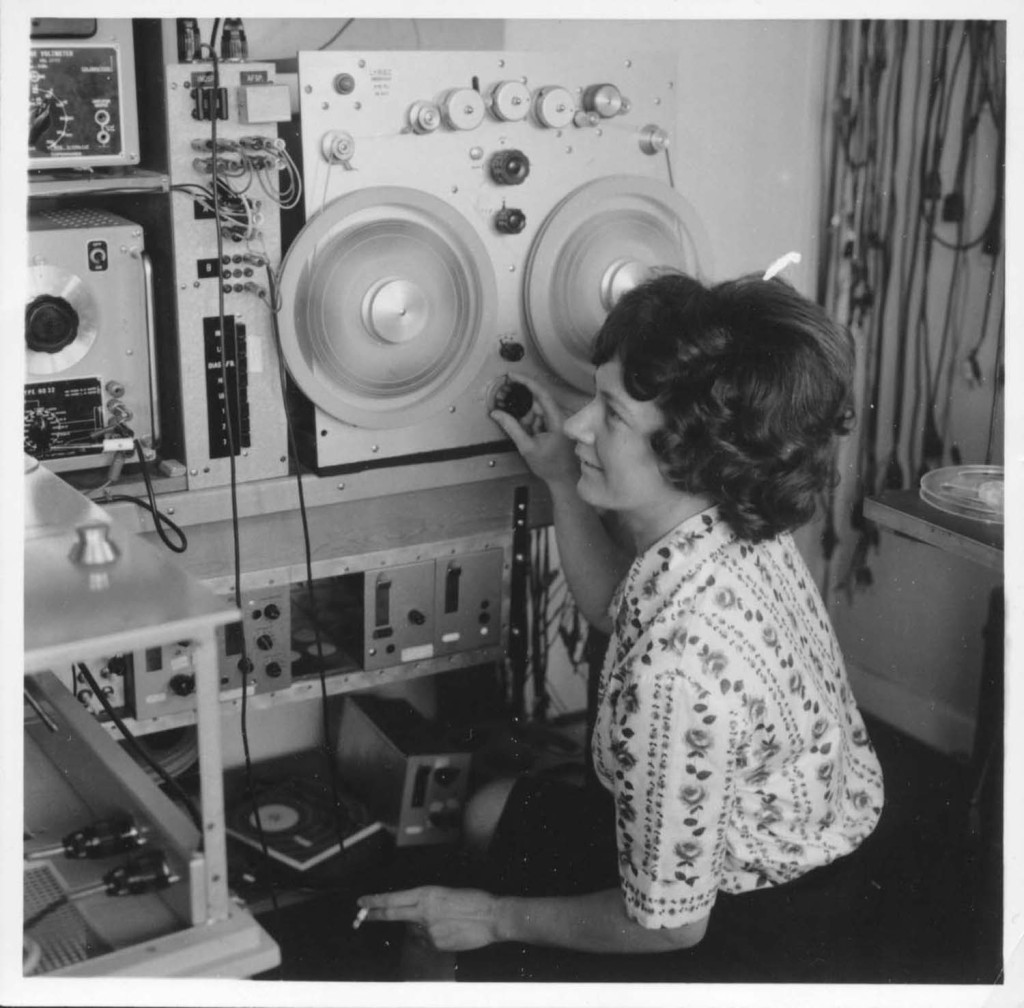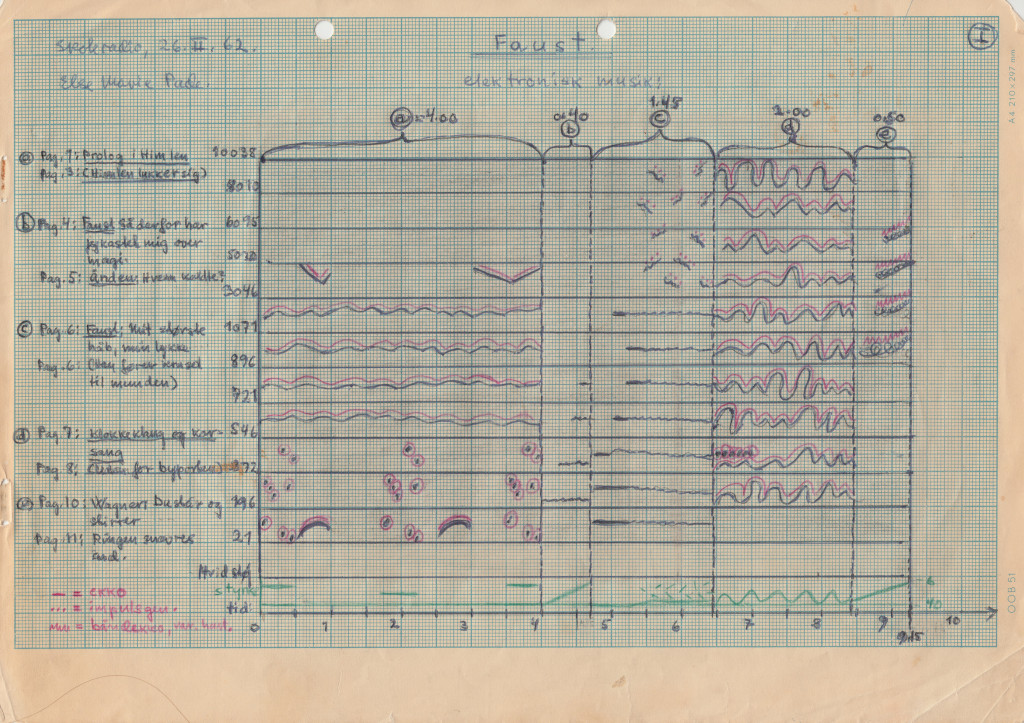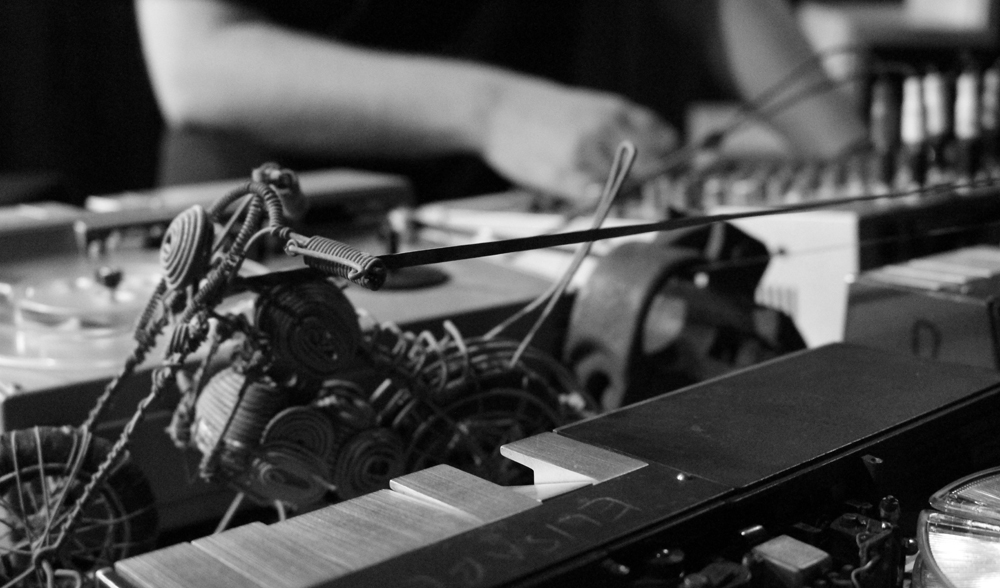“The sounds outside became concrete music, and in the evening I could imagine that the stars and the moon and the sky uttered sounds and those turned into electronic music.”
-Else Marie Pade
Shh Listen.
Do you hear that?
What you’re supposed to be listening to can be anything at all. The sound of cars passing by, the indistinct murmuring of voices in another room. Or perhaps the white noise of the fan in the room you’re in right now. Or maybe it’s absolutely still, and all you hear is the sound of your own breath as it draws in and out of your nose. What if I told you that all those sounds can be considered music?
This is the basis of musique concrète, the “experimental technique of musical composition using recorded sounds as raw material” that paved the way for the electronic music we know today. Beginning in the 1940s (the pre-digital era) some musicians started experimenting—recording random sounds from their environment onto discs or tapes, which were then spliced, sampled and modified to the composer’s liking. As the name musique concrète suggests, anything concrete from our environment can be recorded and arranged into music. For example, someone could record the sounds of my typing on this keyboard, change their pitch frequency, accelerate the speed, and then stick it on a record label and call it music.

While Pierre Schaeffer brought global attention to musique concrète in the ‘50s, he is not the only one deserving credit for pioneering the genre. In an industry that is heavily dominated by men, it’s easy for equally talented women composers to fall into obscurity. One such woman is Danish composer Else Marie Pade, who actually worked with Schaeffer during the ‘50s and eventually published her own music and a substantial fan base in her own right as a woman. Her popularity, however, was short lived at the time. Finally, after almost fifty years of anonymity, she was rediscovered by a couple of DJs in 2000 who call her their electronic music grandmother they never realized they had.






